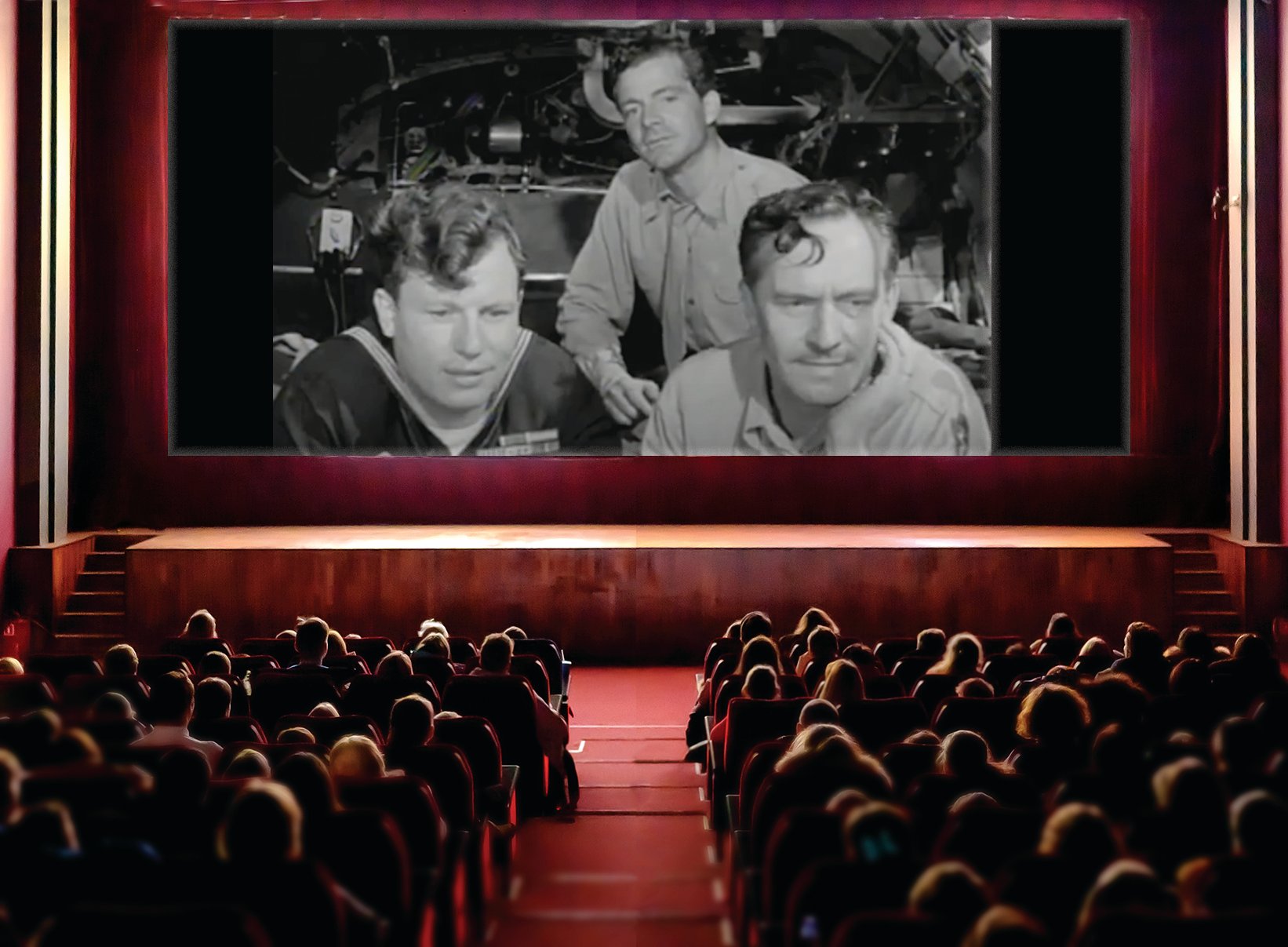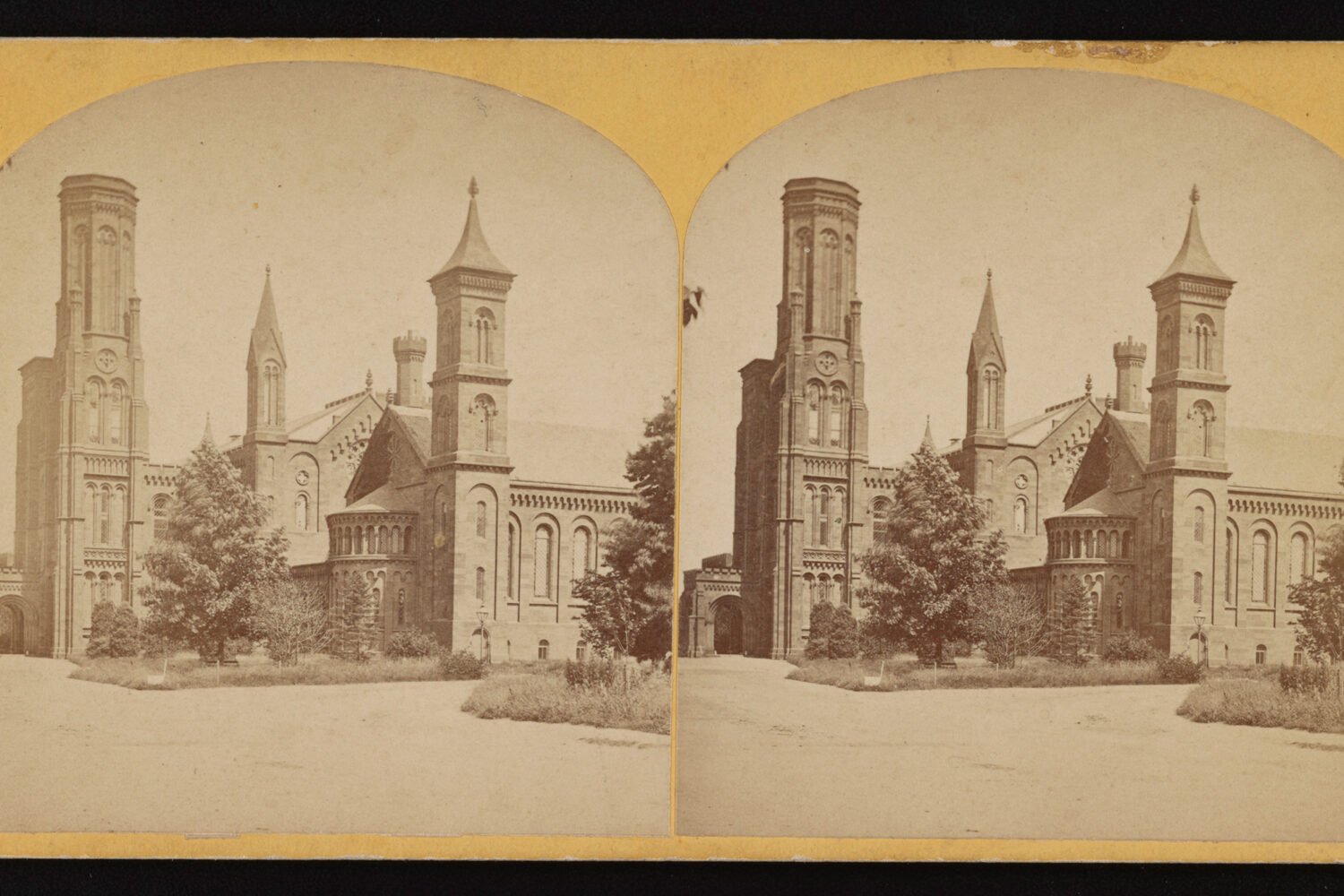“When my dad was in graduate school, I was a teenager, and he’d come home late. I’d sneak downstairs and we’d watch what was then called the Million Dollar Movie in New Jersey. [One night] The Best Years of Our Lives came on, and I was so touched by it.
“I’ve probably seen this movie, I don’t know, 50 times. Obviously, because it didn’t talk about Black soldiers, there’s a whole lot of things that weren’t in it, but for a story from 1946 about an issue that rarely was talked about, it was great, and I watch it every chance I get.
“My dad was a World War II vet. This was the first movie I saw that said: Here’s what readjustment really means. It was an opportunity to understand my generation who fought in Vietnam. It gave me an appreciation for an experience I didn’t have, which is serving in the military. There’s this optimism that everything will be the way it was [when you come home] and the realization that nothing is the way it was once you’re in a war situation.
“Films like this help you realize that the key is to persevere. Every time you come to a crossroads, whether it’s career or personal, there are moments where you hesitate, not sure where to go. You never get to the promised land. What you do is realize that you get to do good work with interesting people, work that matters. That’s getting you to the promised land. That’s why it’s called the promised land: You’re not there, but there’s a promise that you might get there.
“When I was director of the National Museum of African American History & Culture, I would talk to the staff about old movies. This was a movie I talked about, because we were building something that we weren’t sure exactly how to do it, and it’s a movie about ambiguity and believing.
“Even after we opened the museum, there would still be challenges. I didn’t want people just to focus on that opening [but] to recognize that this was part of their long career. And in essence, what this movie shows is how three people contribute to a successful war effort. I wanted people to realize that everyone who worked on the museum was contributing to a success, whether a curator or a typist. I would use that movie to reinforce that—that we’re all in this sucker together.”
This article appears in the November 2022 issue of Washingtonian.
Follow Lonnie G. Bunch III on Twitter at @SmithsonianSec.


















